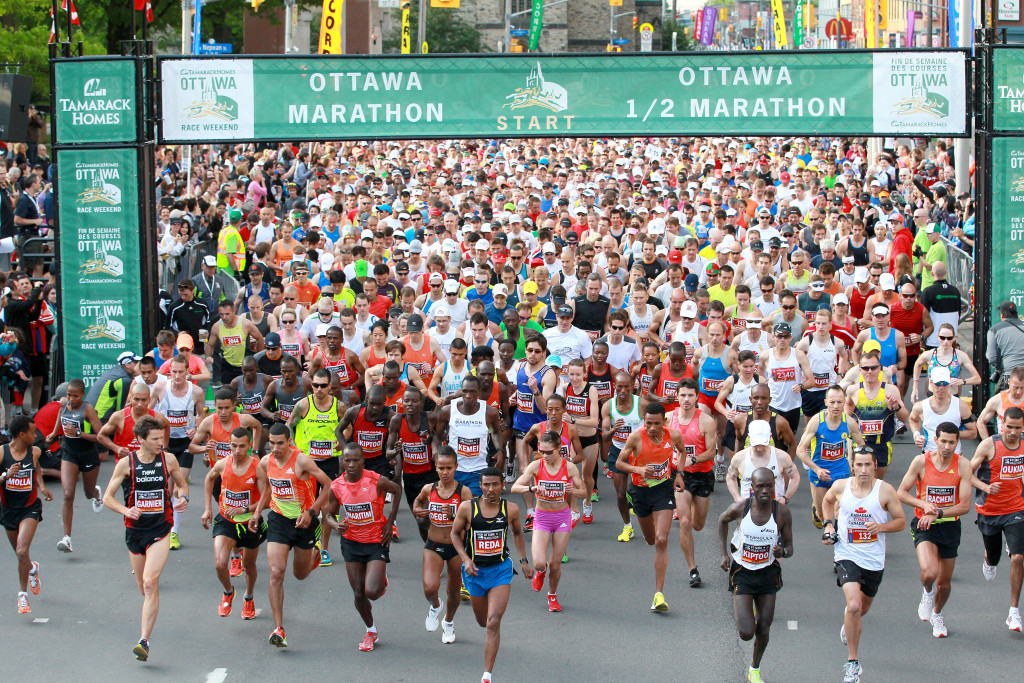How to adjust your race effort for heat and humidity
Even if your training and taper went exactly to plan, a warm or humid forecast can wreck havoc on your race plans. Here's how to make the most of a less than ideal situation


With temperatures rising and humidity near the max, running in the heat requires more energy and effort than it did a few months ago. Easy runs feel anything but, long runs seem longer and hitting your splits in workouts, or even more daunting, in a race, are almost impossible to do.
RELATED: When summer strikes, heat acclimatization takes time
Adjusting a run for the conditions may seem like common sense, but all too often we runners stubbornly refuse to make the necessary changes and suffer as a result. We (try to run) just as far and just as fast as we think we should and perhaps not surprisingly, we often fail or come up short on meeting our goals and expectations. This is never more prevalent than during a race, when we’ve already spent weeks and months preparing–often in far more favourable conditions.
When training, running a bit less overall and slowing the pace when conditions aren’t ideal is the surest and safest way to avoid disappointment, overexertion and possibly even illness or injury.
Cutting a few kilometres off your weekly long run, especially early in the season, isn’t going to impact your fitness (or performance) as much as struggling to complete an epic long run in adverse weather. If anything, running less now will allow you to physically and mentally recover and prepare for peak training a bit later on.
RELATED: Runner’s blogs: Trusting the plan and getting it right
Likewise, pushing yourself to maintain your speed/pace only to drop off and potentially drop out of your planned workout also seems silly, not to mention detrimental to your confidence. You’d be much better off simply reducing your paces by a few seconds per lap or reduce the number of intervals in order to finish the workout feeling strong and confident.
When it comes to racing, you absolutely must adjust your expectations and goals. Start slower than you normally would. Ease into race pace and only push if the body allows. You’ll be surprised to find that the body will choose the best possible pace for you to run at. Obey it and don’t push beyond what your body tells you. Also be sure to drink more water to help stay hydrated. Dump some on your head at each aid station to cool the body as well. If you begin to feel nauseous, light-headed or dizzy, stop immediately and seek medical assistance. Heat stroke is all too common among runners in hot races.
RELATED: Fact or fiction: Common hydration/dehydration myths busted
More important than how fast or far you run though, is how you feel doing so. It’s important to monitor your level of perceived exertion/effort and back off when you feel you’re pushing harder than you should. An elevated heart rate, sweat rate or feeling weak and/or dizzy are sure signs that you may be overexerting yourself and should adjust accordingly.
Given the longer days and “nicer” weather, we often tend to be much busier than normal during the summer season which also means less time to recover. Take your recovery seriously in the summer and plan an extra day or two off running if you’re feeling worn out or fatigued.
Always remember that consistency in training trumps all else. Being fit, healthy and eager to tackle your training is far more important that one-off epic long runs, workouts or even races.


